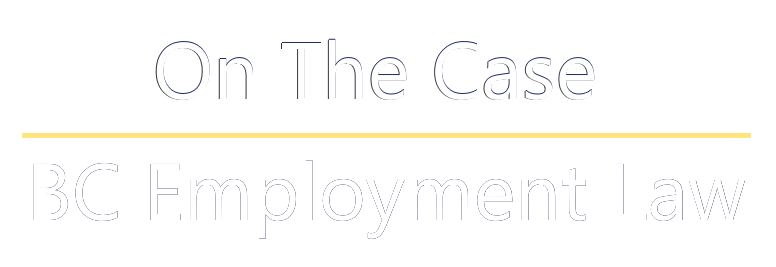A claimant’s entitlement to reasonable notice of dismissal cannot be waived unless there is clear evidence that a different notice period is agreed upon. In Shehata v. Ashton College Ltd., 2020 BCPC 37, the defendant Ashton College failed to establish that the plaintiff’s contract limited him to less than reasonable notice. As a result, the claimant’s wrongful dismissal claim was successful.
Background
The claimant’s employment started on November 19, 2018 and terminated without cause on April 4, 2019.
Prior to the claimant’s hiring, he was advised that the employment would begin with a probationary period. The claimant inquired what would happen if he were terminated following the probationary period. The defendant advised that “we would follow Employment Standards.”
On November 1, 2018, the defendant sent the claimant a job offer and advised him that he could sign it electronically. The claimant again inquired what would happen if the contract were to be terminated. The defendant responded by email:
There is no fixed notice for resignation or termination, however, we normally go by the typical 2 weeks of notice for resignation, and for termination, we have to calculate how many weeks of notice is an employee entitled to keeping in mind the BC Employment Standards Act.
The claimant accepted the job offer. Although the job offer contained no specific notice period, it referenced an employee handbook and the Employment Standards Act:
Your employment is also subject to our existing conditions of employment which are more fully set out in our employee handbook. In the case that the Ashton College Employee handbook does not provide all the terms of your employment the terms in the BC Employment Standards Act will apply.
Shortly after the claimant accepted the offer of employment, he was sent a copy of the defendant’s employee handbook. The employee handbook contained a provision which would limit the claimant to the minimum notice periods set out in BC’s Employment Standards Act.
On April 4, 2019, the defendant terminated the claimant and provided only one week of notice in accordance with the minimum requirements of the Employment Standards Act.
Issue
Was the claimant’s notice period limited to the minimum requirements in the Employment Standards Act?
Decision
The Court concluded that the claimant was not limited to the notice period set out in the Employment Standards Act because the employment contract failed to include a clear notice provision.
Although the employee handbook contained a clear notice provision, the claimant was not provided with a copy until after the employment contract was offered and accepted. As a result, the terms in the handbook did not form any part of the contract of employment.
The discussions that took place prior to the employment contract being accepted failed to clearly limit the claimant’s notice period. The Court noted the importance of a clear termination provision in order to oust an employee’s entitlement to reasonable notice: “Any waiver of such a right must be clearly discussed and agreed to if it is to bind Mr. Shehata.” The discussions between the claimant and the defendant failed to clearly limit the claimant’s notice period.
As a result, the Court concluded that the claimant was entitled to pay in lieu of reasonable notice for his dismissal. Taking into consideration the claimant’s age at dismissal (38), length of service (4.5 months), and occupation (senior education administrator), the claimant was awarded a two month notice period.
